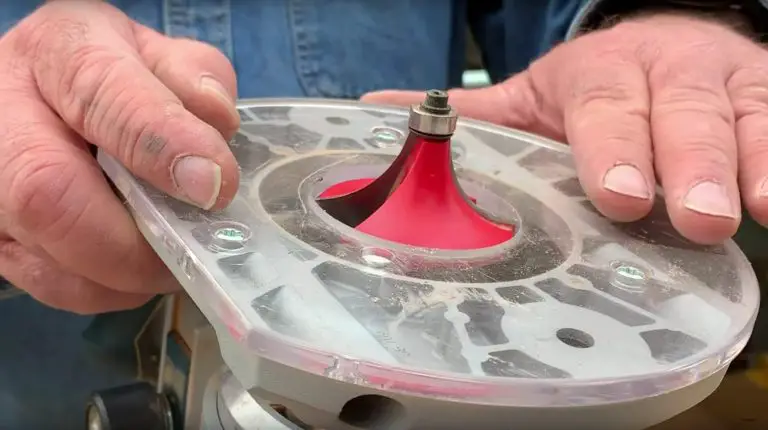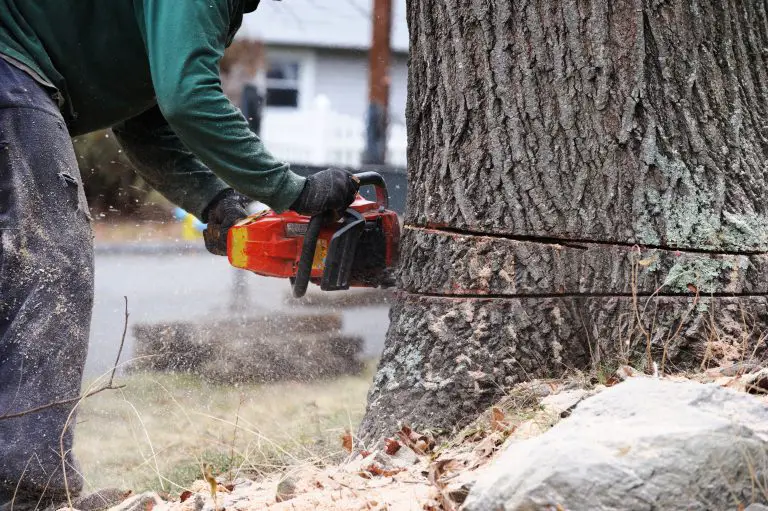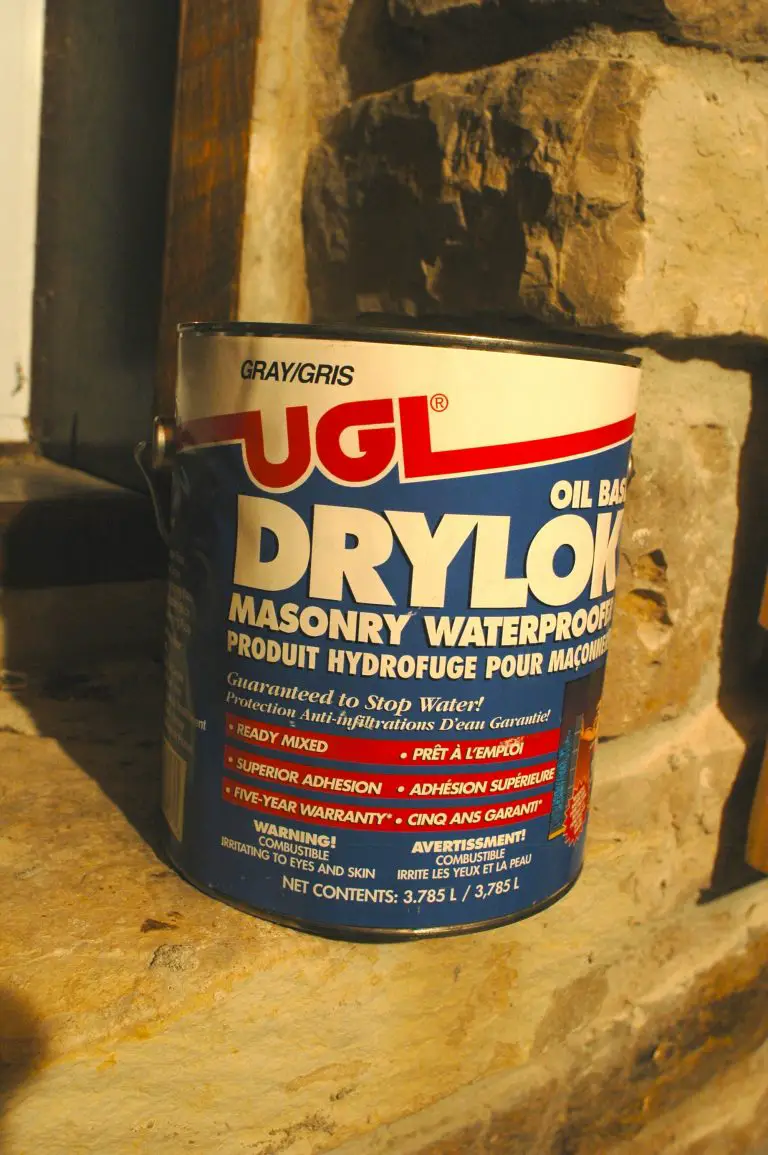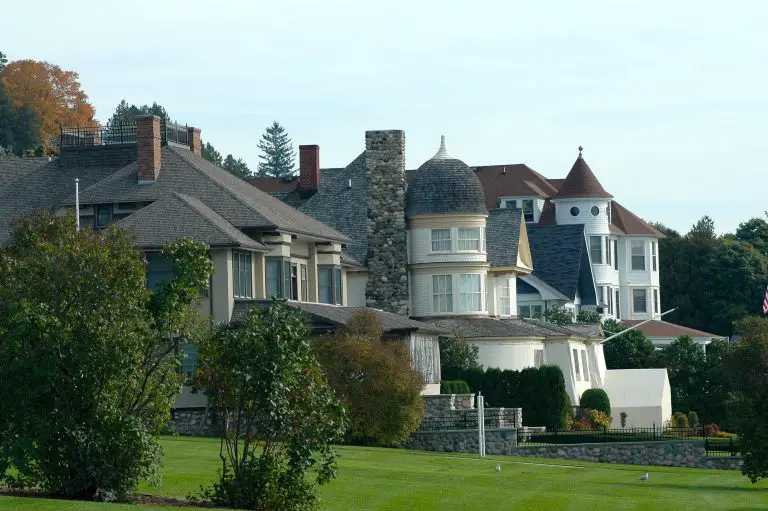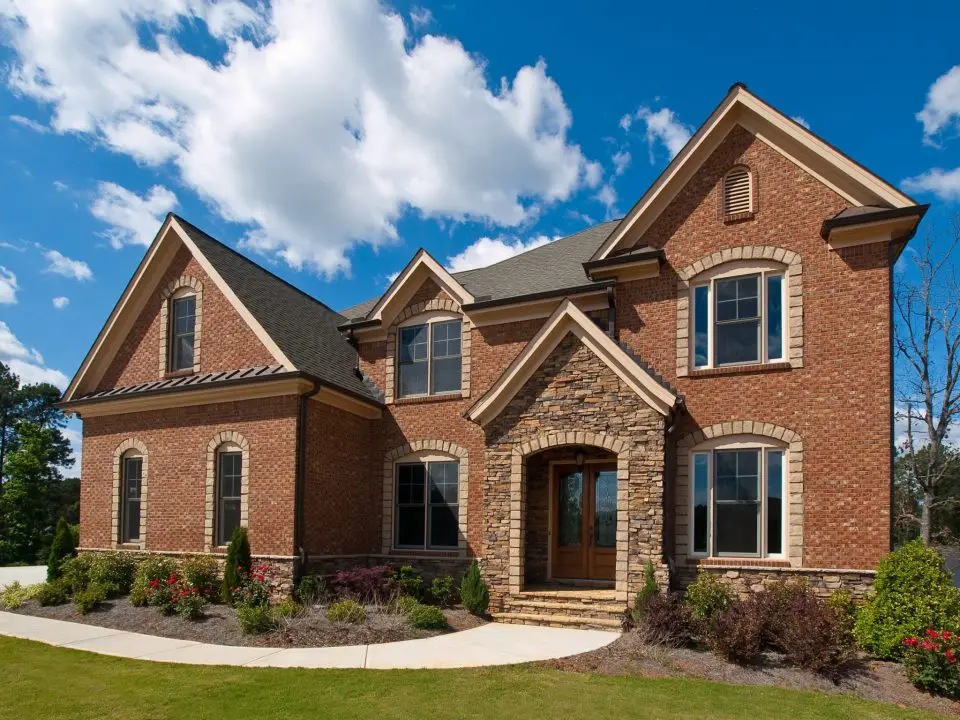
If you’re planning to build a new house or major addition, I’d like to make the case for masonry. It could be used in more places than it is now, and there are good reasons for this. But first, let me try and dispel a bad idea.
There’s a mistaken idea that homebuilding materials and methods. Neither of these need to be modern for them to be a good idea. The old ways were from the bad old days, right? No, not necessarily, and masonry construction materials are a prime example.
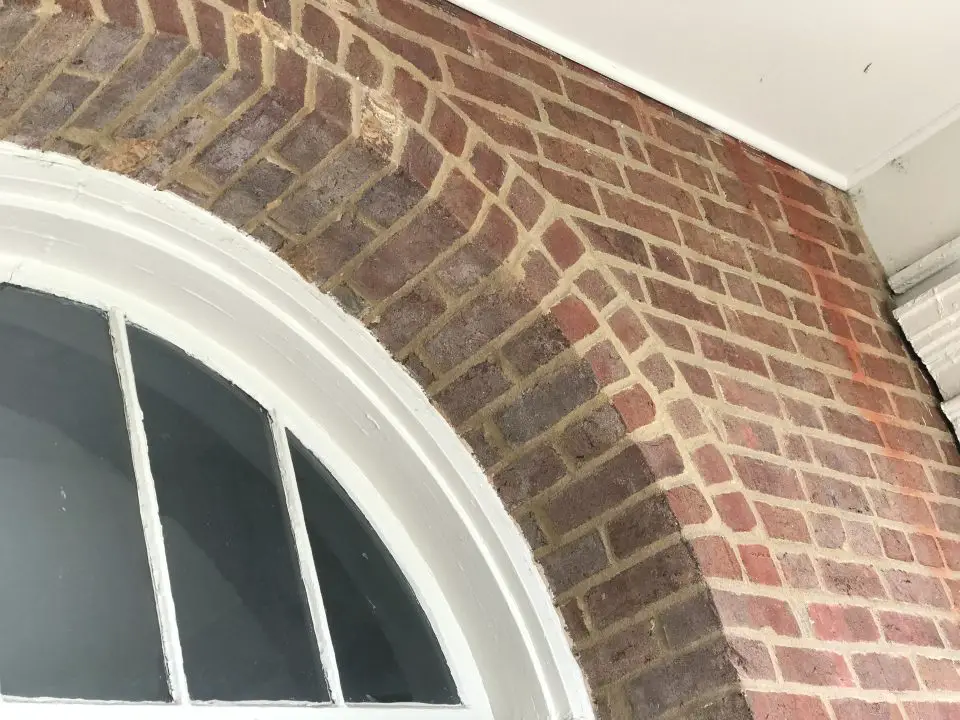
Brick and stone are the oldest and most durable building materials in the world, yet they’re still some of the most environmentally sound choices. They probably always will be. Part of this has to do with how long masonry lasts. The energy and environmental costs of manufacturing masonry products are spread out over much more time than other materials, lowering their annual environmental impact. Local sources of supply are another reason masonry makes environmental sense.
Brick, block and stone are heavy, of course, so manufacturing plants have developed locally near all major cities over the years. Not all masonry products are made right around the corner, but many are. The video below is from a tour I took of the largest brick plant in North America, located where the most building work is happening in Canada.
- Video Watch Time = 8 minutes
Masonry is Recycleable
When it comes to local, it’s not just about where the material will be used for building. It’s also about what happens to the material when a building isn’t needed any more.
My grandfather worked most of his life in the red brick Goodyear tire factory built near Toronto, Canada in 1917, and I remember the day when grandpa took me out to see the old plant going down in 1989. It was a sad moment as I thought of all the families that enjoyed a lifetime’s livelihood from that plant, a place where half of all the tires for Canada were once made. That said, the red brick was being crushed on-site for reuse somewhere and for something useful. No toxins, no landfill, no hazardous waste, just honest, useful, reddish-brown rubble. What could be better than that?
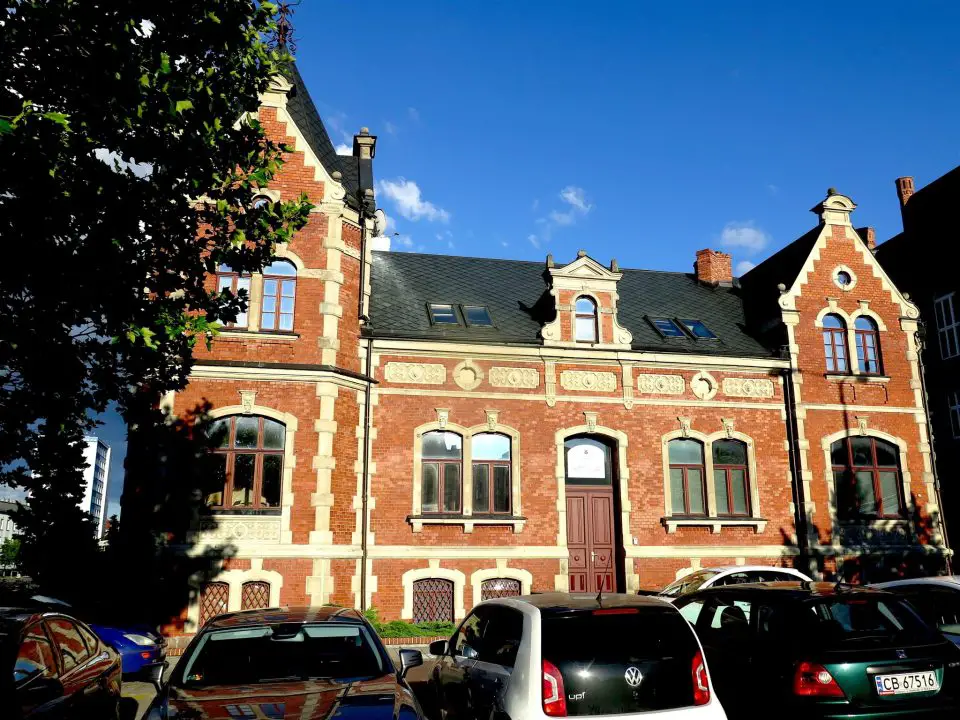
Beauty is the main reason I love masonry and build with it myself, but masonry also contributes to healthy homes, too. One of the technical challenges of home building is the need to let moisture vapour escape from wall systems, while also keeping liquid moisture out from driving rains and snow. Most people are surprised to learn that exterior wall frames can develop quite a bit of internal moisture over the course of a winter as warm indoor air cools and condenses. The failure of buildings to let trapped moisture escape is one of the things related to what’s called “sick building syndrome” (SBS).
This condition has different causes but the results are that people get ill when indoors. Synthetic exterior cladding options may be good at keeping water out, but if moisture ever does get behind them (and it certainly can) that moisture can easily trigger mold growth because it can’t dry. Brick veneer is the most common use of masonry in North American homebuilding, and as good as it is at keeping rain out, it’s also great at letting trapped moisture vapour escape outwards and away from exterior walls. It’s actually designed to do this. An air space between the bricks and the wall frame, along with drainage holes at the bottom of the brick between mortar joints lets moisture escape.
Everyone makes choices in life, and many of these choices affect the environment. The funny thing is, choices don’t always align with the values people claim to hold. It’s surprising how often this disconnect happens. For instance, I know more than one person who says they care about the environment, yet they burn household garbage in plastic bags in a smoldering barrel in their backyard. A health food store owner I know tells me that beef jerky sales in his big city store triple when the product is packaged in fancy, wasteful, plastic bags puffed up with air, compared with the same jerky sold in bulk bins without packaging. Perhaps the most misunderstood environmental confusions of all have to do with our homes and how they’re built.
Sometimes the wisest environmental choices in life are the old ones. The options that have been sitting under our noses without flash and fanfare for years are often the best. I figure that masonry homebuilding is certainly one of these.







